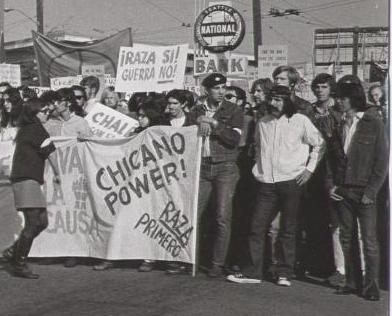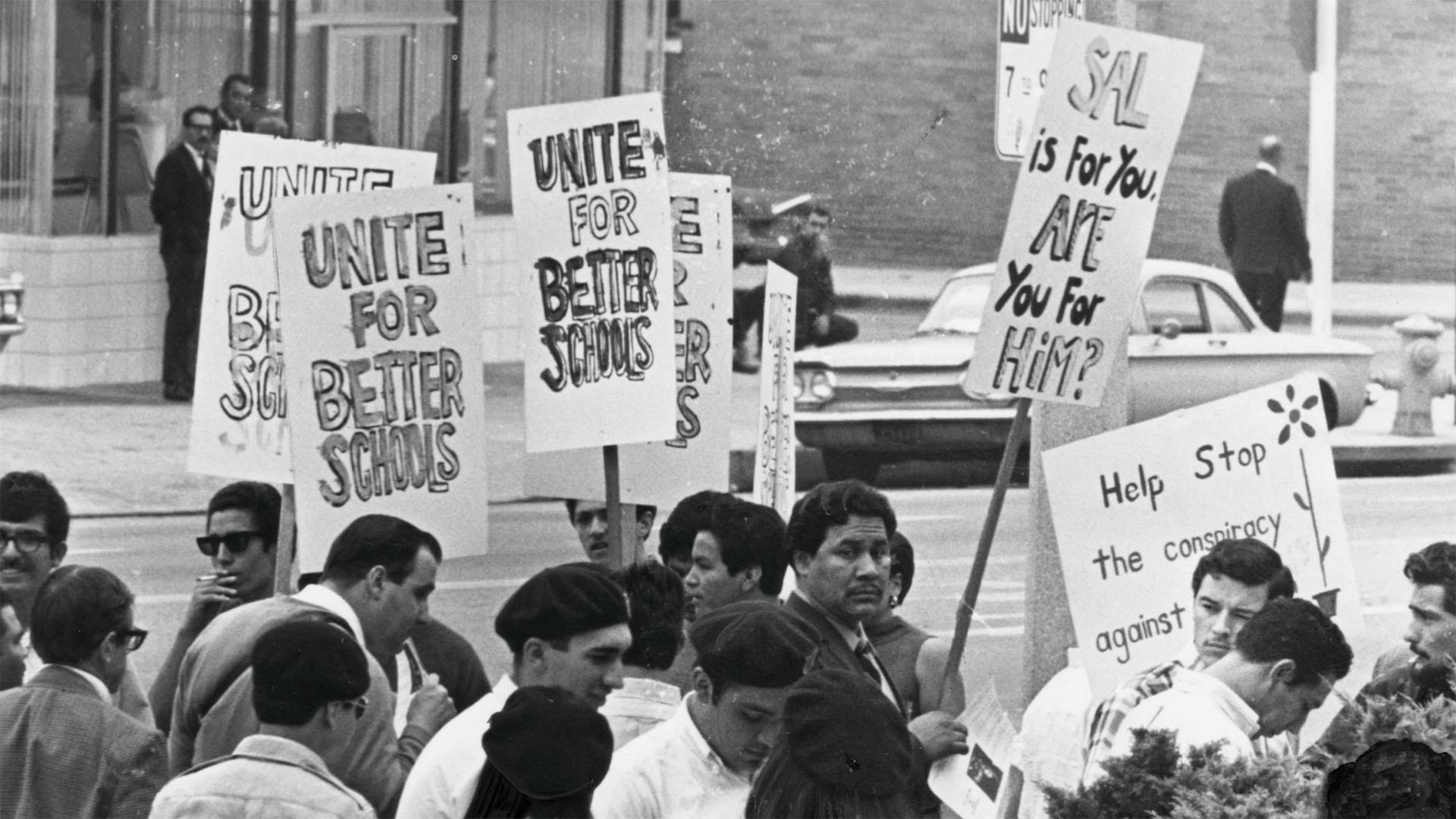 |
| Chicano Movement Protests |
Though we most often hear about African Americans’ civil rights, we often overlook the fact that the Civil Rights Movement was fighting for civil rights for all Americans of color. In particular, the Chicano Movement was a subsect of the civil rights movement that aimed to achieve three goals for Hispanic Americans: restoration of their land, rights for farmers, and creating reforms for their education.
As context to this movement, the Treaty of Guadalupe Hidalgo ended the Mexican-American War in 1848, making the Mexicans that lived in the territory that the U.S. gained automatic American citizens. These new Mexican-Americans assumed that they would be given full civil rights and treated with respect, but, ultimately, were not.
The earliest and some of the most integral events in the Chicano Movement were Supreme Court cases. In 1947, the Supreme Court case Mendez v. Westminster that ruled that Latino children could not be segregated from white children in schools. Similarly, in 1954, the Supreme Court case Hernandez v. Texas ruled that all racial groups must have equal protection under the law, not just African Americans and whites.
 |
| California Grape Boycott |
Through their actions, inspired by the demonstrations African Americans created, Hispanics were able to achieve more civil rights throughout the 1960s and 1970s.
 |
| 1968 Los Angeles school walkout |
Sources
I found your post interesting, especially the point the protesters were trying to get across, that all racial groups should have protection under the law. Chicano students began to organize on college campuses around the 1960's. In the later 60's these groups began to merge into El Movimiento Estudiantil Chicano/a de Aztlan (MEChA). As of 2012, the group was composed of over 500 chapters across the US. I think this shows how even if the people initially involved in movements disappear, the message and goal will continue to live on.
ReplyDeleteSource:
https://depts.washington.edu/moves/Chicano_intro.shtml